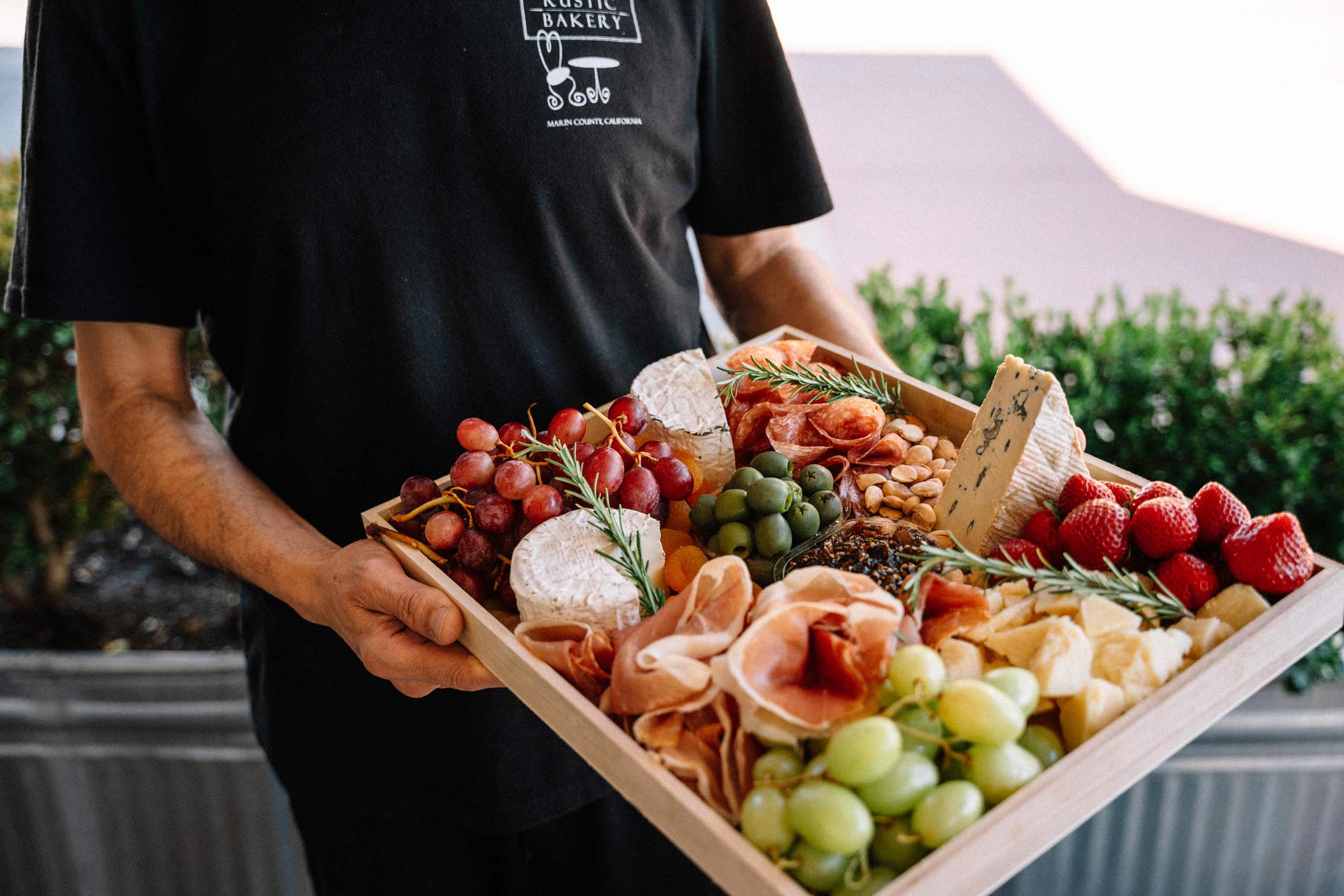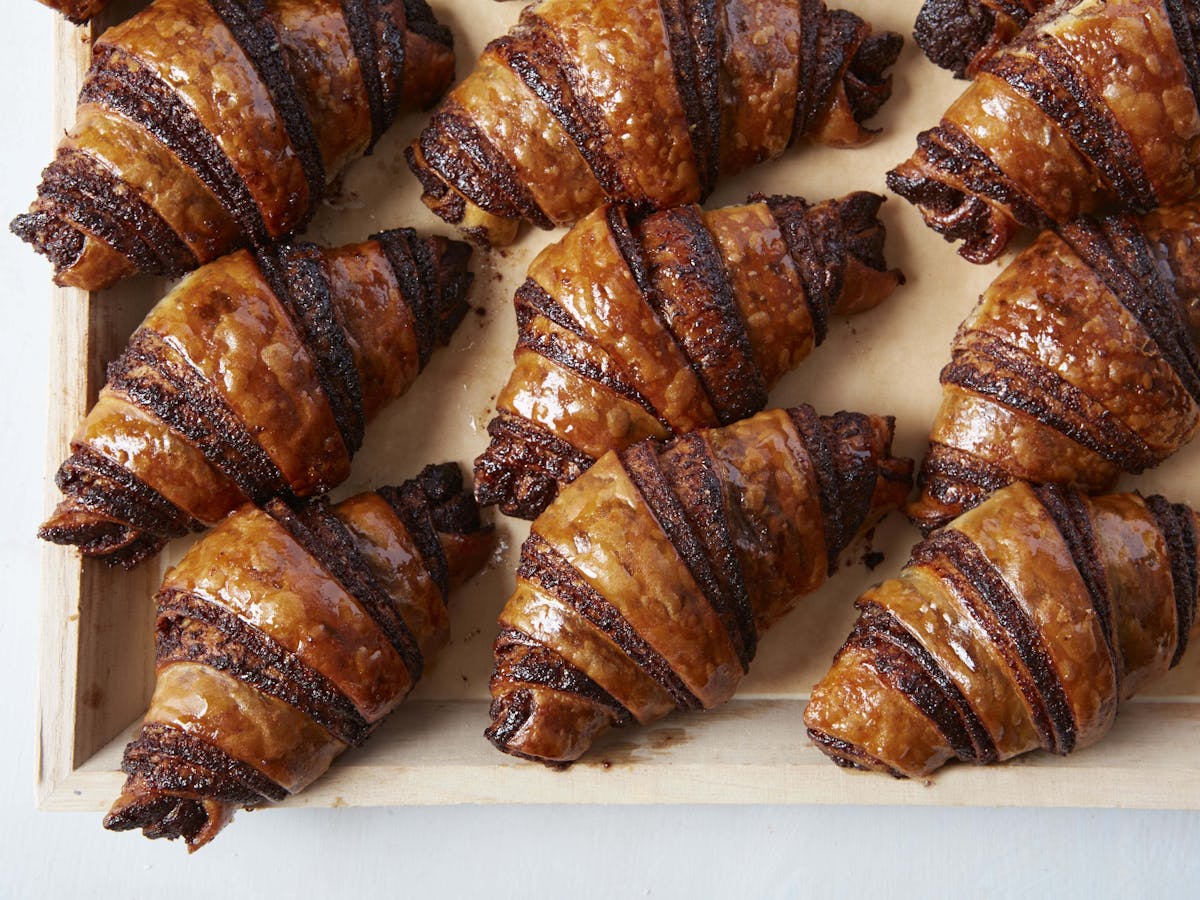Budget-friendly Finger Food Catering Maddington for Any Type Of Occasion
Budget-friendly Finger Food Catering Maddington for Any Type Of Occasion
Blog Article
Comprehending the Art of Bakeshop Products: From Fresh Baked Breads to Tempting Pastries and Finger Foods
From the science behind the perfect loaf of bread, where fermentation and gluten development play critical roles, to the finesse required for creating split breads, each element exposes an engaging narrative of craftsmanship. The versatility of finger foods highlights exactly how flavor and structure can be artfully combined to involve varied taste preferences.
The Science of Bread Making
At the heart of every loaf of bread lies an interesting interaction of chemistry and biology. The process of bread making begins with the mix of flour, yeast, water, and salt-- each active ingredient playing a critical role in the last product. Flour has proteins, mostly glutenin and gliadin, which, when mixed with water, type gluten (Finger Food Catering Maddington). This flexible network is vital for capturing gases produced throughout fermentation.
Yeast, a living microorganism, ferments the sugars existing in the flour, producing co2 and alcohol while doing so. The carbon dioxide gas produces bubbles in the dough, creating it to rise and establish a light texture. The temperature and moisture during fermentation dramatically influence yeast activity and, subsequently, the bread's taste and texture.

Learning Pastry Strategies
Exactly how can one achieve the fragile balance of appearance and flavor that specifies phenomenal pastry? Understanding pastry techniques calls for a deep understanding of components, methods, and the scientific research behind them. Basic to this craft is the selection of top quality active ingredients-- flour, butter, sugar, and eggs-- each playing a vital role in the end product's flavor and structure.
The technique of lamination, which includes folding layers of dough and butter, produces the desired flakiness in breads like croissants and smoke pastry. Accuracy in temperature level is vital, as butter needs to continue to be chilly to guarantee optimum layers. Appropriate mixing techniques, such as the creaming strategy for cakes, make certain also consolidation of air and fat, resulting in a light and ventilated crumb.
Additionally, keeping the ideal humidity levels throughout baking can significantly impact the end result, ensuring that breads climb correctly and attain that golden-brown finish. Ultimately, the art of bread additionally requires perseverance and method; each attempt boosts one's ability and understanding of the intricate balance needed to create alluring breads that thrill the senses. Proficiency in these strategies eventually identifies a skilled bread cook from an amateur.
Sorts Of Finger Foods
The world of culinary thrills prolongs beyond pastries to incorporate a large variety of finger foods, which are celebrated for their convenience and versatility. These bite-sized deals with are best for social events, providing an array of tastes and structures that deal with varied tastes buds.

On the sweeter side, bite-sized cupcakes and mini tarts provide a wonderful surface to any kind of dish, interesting those with a craving for sweets. Cheese and charcuterie boards serve as an advanced option, enabling guests to personalize their bites with a selection of meats, nuts, cheeses, and fruits.
Taste Profiles in Baking
Baking is an elaborate dance of taste profiles that incorporates pleasant, full-flavored, and umami notes to develop an unified experience for the taste buds. Comprehending these accounts is vital for bakers looking for to raise their developments.
Sweetness typically acts as the foundation in baked goods, with sugars, fruits, and natural sugar enhancing taste deepness. Components such as delicious chocolate and caramel introduce complex sweet notes that can either dominate or enhance various other tastes. Alternatively, mouthwatering aspects, frequently found in breads and pastries, offer balance and comparison. Ingredients like cheeses, natural herbs, and seasonings can change an easy dough into a complex taste find more experience.
Umami, regularly overlooked in cooking, plays a significant duty in enriching flavors. Active ingredients such as aged cheeses, fermented products, or also certain nuts add to a savory depth that improves total taste.
Furthermore, the interaction of level of acidity from ingredients like buttermilk or citrus passion can lighten up tastes, providing a rejuvenating counterpoint to sweet taste. By attentively combining these flavor accounts, bakers can craft items that resonate with diverse tastes buds, producing a memorable culinary experience. Eventually, understanding taste accounts is key to advancement in the globe of cooking.
Essential Baking Equipments and Components
Recognizing taste profiles in baking collections the phase for choosing the right tools and ingredients that facilitate the production of remarkable baked goods. A trusted collection of baking pans-- such as sheet frying pans, loaf pans, and cake pans-- is essential for achieving wanted forms and structures.
In regards to ingredients, top quality issues substantially. Flour works as the foundation of a lot of recipes; choosing the appropriate kind-- be it bread, all-purpose, or bread flour-- can dramatically impact the result. Sugar not only sweetens yet likewise adds to texture, while eggs act as binders and raising agents. Baking powder and cooking soda are necessary for producing lift in breads and cakes.
Additionally, integrating taste enhancers like vanilla remove, spices, and citrus enthusiasm can elevate your developments. By ensuring accessibility to these basic tools and active ingredients, bakers can confidently start their read the full info here culinary journey, crafting a varied array of wonderful baked items.
Conclusion
In verdict, the art of bakery products includes an extensive understanding of both imaginative strategies and scientific principles. Mastery in bread production, bread prep work, and finger food discussion reveals the elaborate connections between procedures and components. Exploring varied taste accounts improves the baking experience, while crucial devices and active ingredients supply the structure for success. Eventually, the charming world of baking thrives on the unified interaction of scientific research and imagination, leading to a myriad of wonderful culinary developments.
Just how can one accomplish the delicate equilibrium of appearance and taste that defines extraordinary pastry? Basic to this craft is the option of premium components-- flour, butter, sugar, and eggs-- each playing an important role in the last item's flavor and appearance.

Understanding flavor profiles in baking sets the stage for selecting the right tools and active ingredients that facilitate the creation of remarkable baked products. Checking out diverse flavor profiles enriches the baking experience, while important tools and ingredients provide the foundation for success.
Report this page